- Ê
- Â
fCourtney has 6 post(s)
- Gallery:
El Lissitzky, Russische Ausstellung, 1929
2. Gallery Paragraph:
After researching El Lissiskty, I have learned a lot about his style and attributes to society through his work. His base was surrounded by the fundamentals of architecture. Most of his bombing career was during the start of World War I, the Russians used him to create propaganda. He created “prouns”, which majority of his work is titled as. El work is linked through the use of geometric shapes to create objects and or symbolizes a bigger picture.
3. Old Bibliography:
El Lissitzky, a Russian native, architect, typographer, photographer, and painter. In his earlier work was centralized around Jewish themes and culture, but that changed. During this time in history the rise of World War I was approaching. Most of his work was for Soviet propaganda, which was a key contributor to the Soviet Union’s rise of power and brainwashing of it’s own people. That’s why much of his earlier work includes red; red symbolizes communism. One of his approaches would be to use abstract geometric shapes to define the “spatial relationship of his compositions. His approach was to create 3-D environments in which 2-D geometry shapes could co-exists in contrast to that space. Lissitzky’s limited primary color palette, black and white, geometry shapes, and limited typography were foundation work for graphic design. Architect was his favorite expressive art, he liked the structure that he could create, especially the use of “horizontal skyscrapers”. His work always had a bold message, you can see in his work that there is flow, structure, and spaces awareness within his pieces. After researching El Lissitzky I feel that I will personally carry some of his design techniques into my own work!
4. Significant Points:
1. He used 3-D environments with the placement of 2-D objects
2. He called certain pieces of work “prouns”, project for the affirmation of the new in Russian
3. Most of his career was during the period of Russian propaganda
5. Sources:
-
-
Classroom
-
Recent Posts
Recent Comments
- Danielle Vizard on Thinking with Type — TEXT
- Danielle Vizard on Digging’ It!
- Jenna on Thinking with Type — TEXT
- Jenna on Digging’ It!
- Elizabeth Robinson on Digging’ It!
Archives
- November 2023
- August 2023
- May 2023
- April 2023
- March 2023
- February 2023
- January 2023
- December 2022
- November 2022
- October 2022
- September 2022
- August 2022
- July 2022
- June 2022
- May 2022
- February 2022
- December 2021
- November 2021
- October 2021
- September 2021
- August 2021
- June 2020
- February 2018
- December 2015
- November 2015
- October 2015
- September 2015
- August 2015
Categories
-
About
KSC GRAPHIC DESIGN
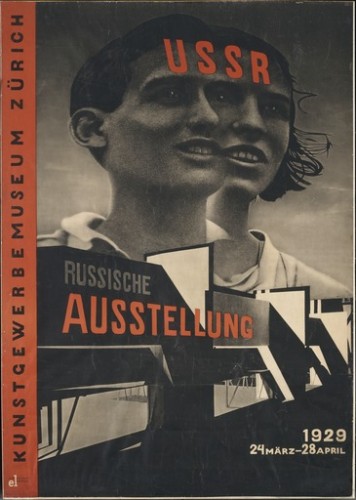
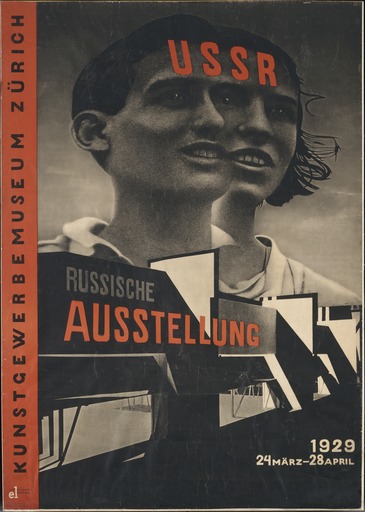

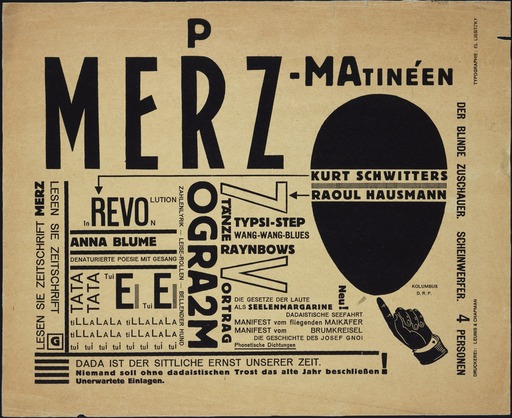

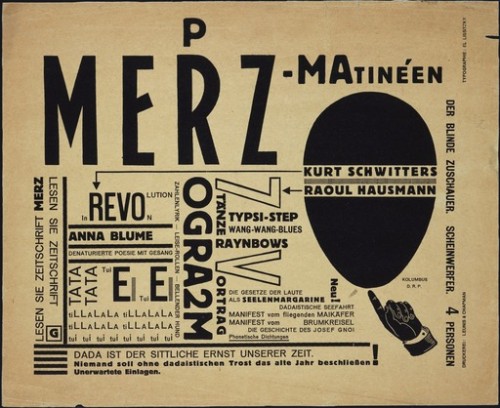
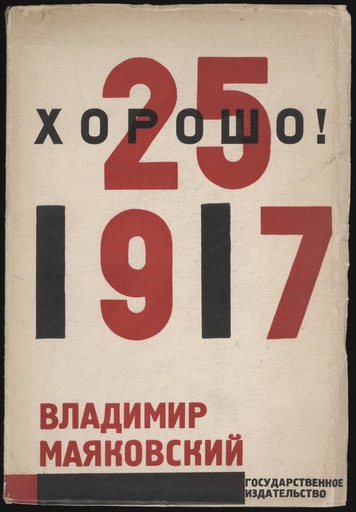

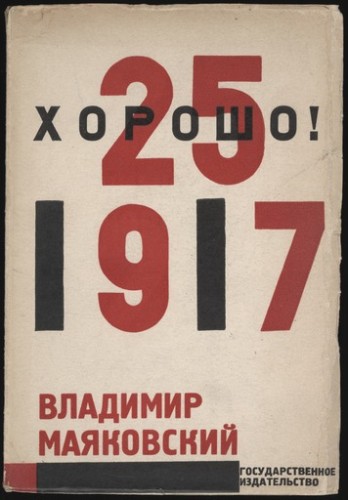
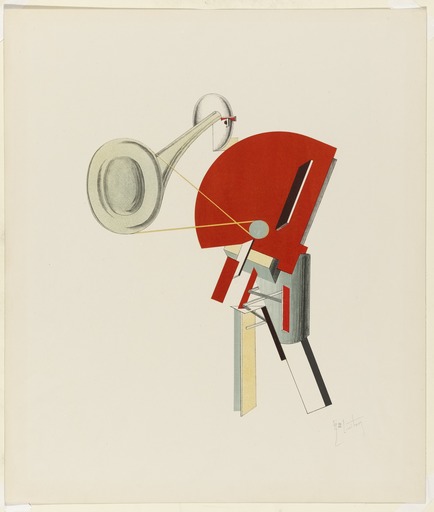

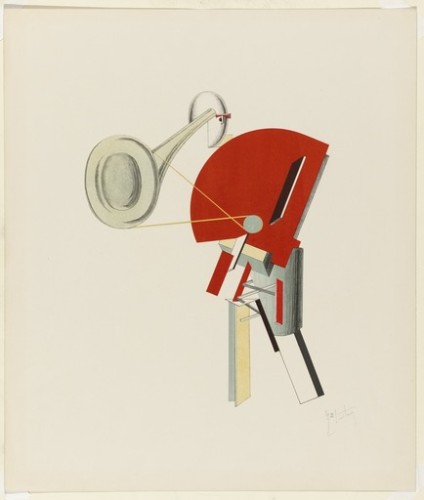


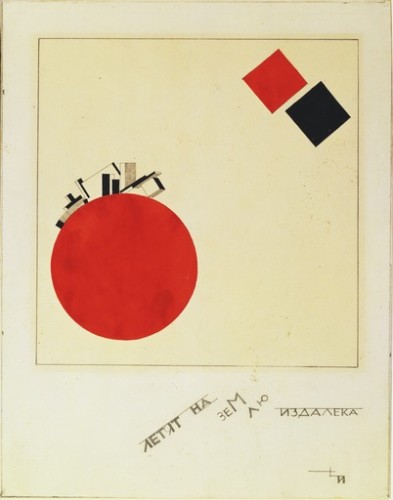
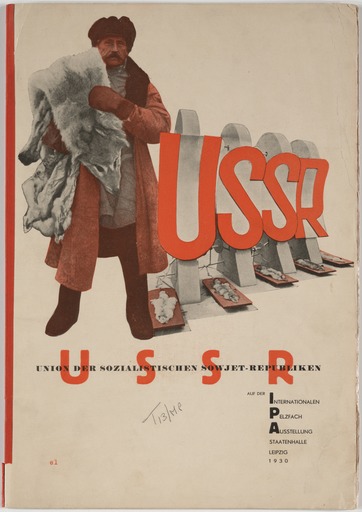

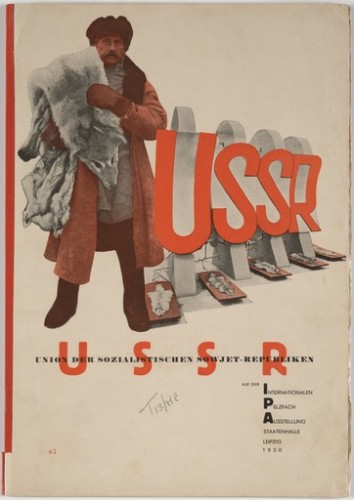
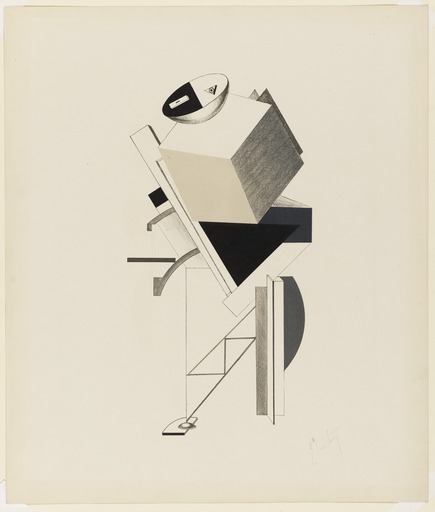

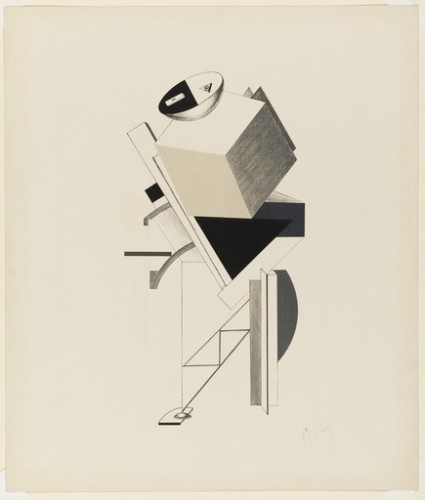
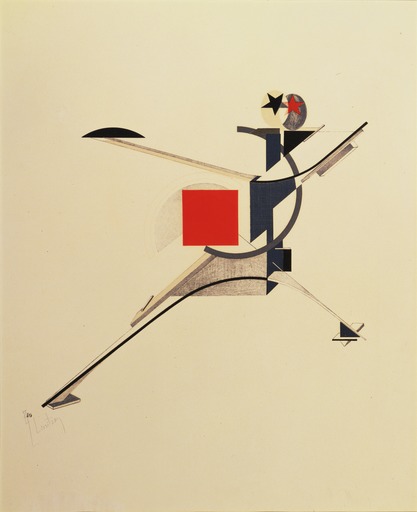

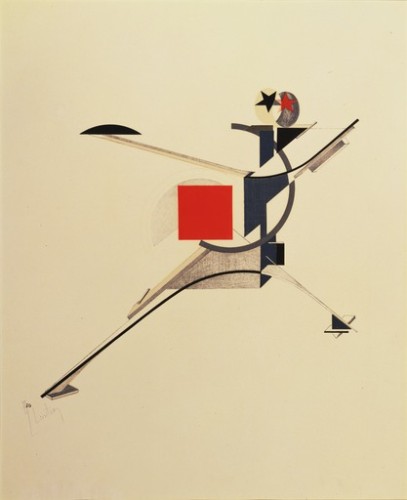
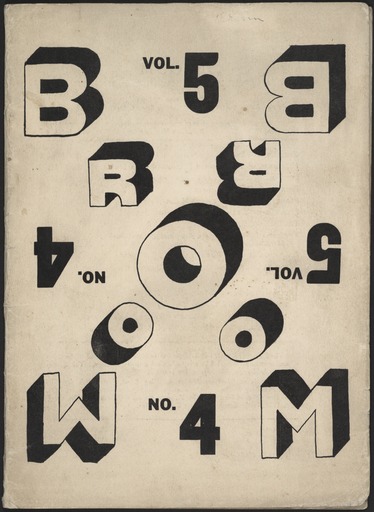

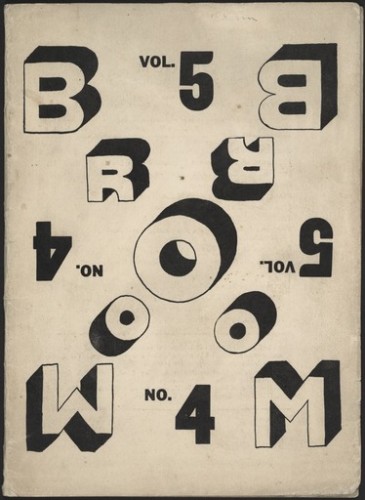
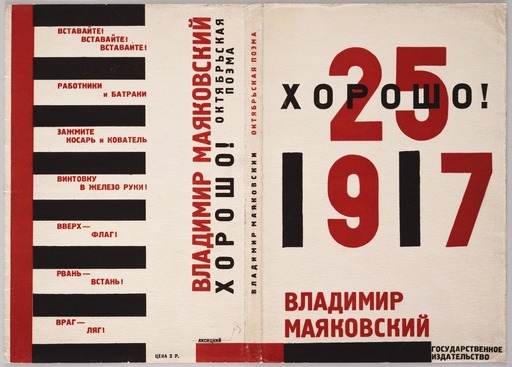

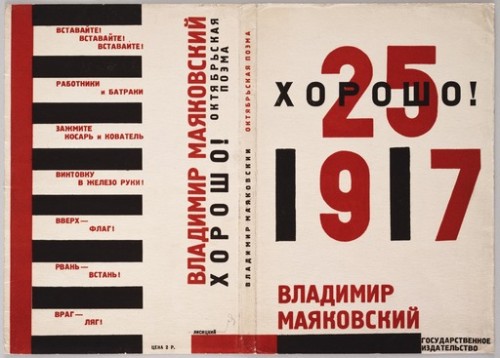
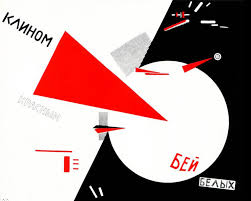

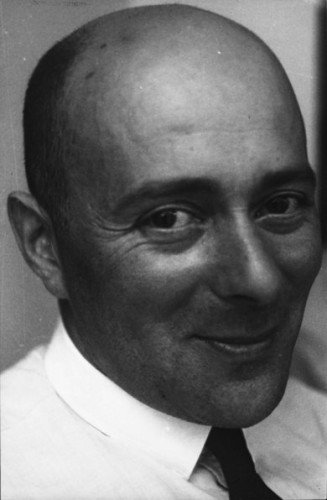

Leave a Reply
You must be logged in to post a comment.